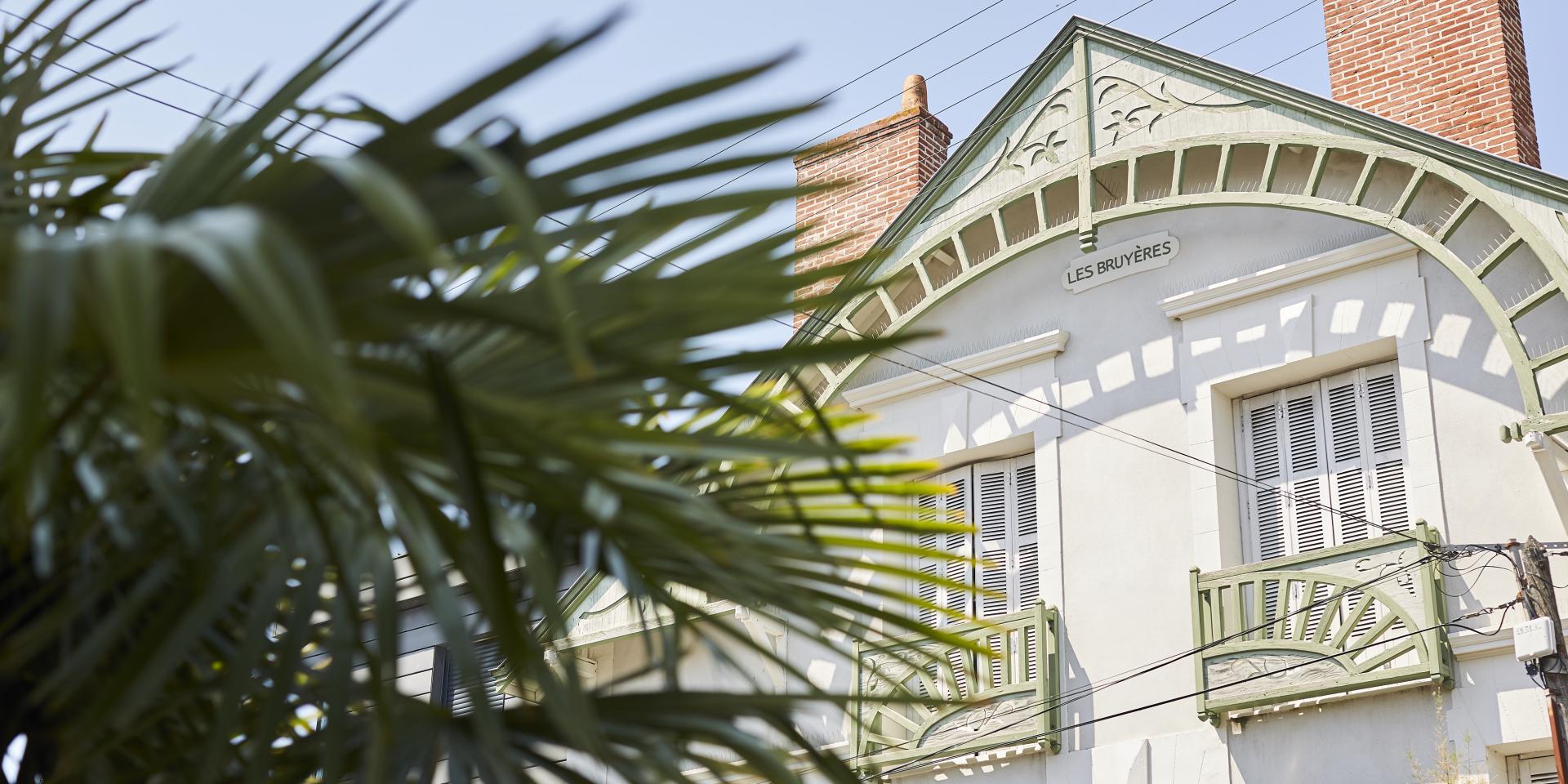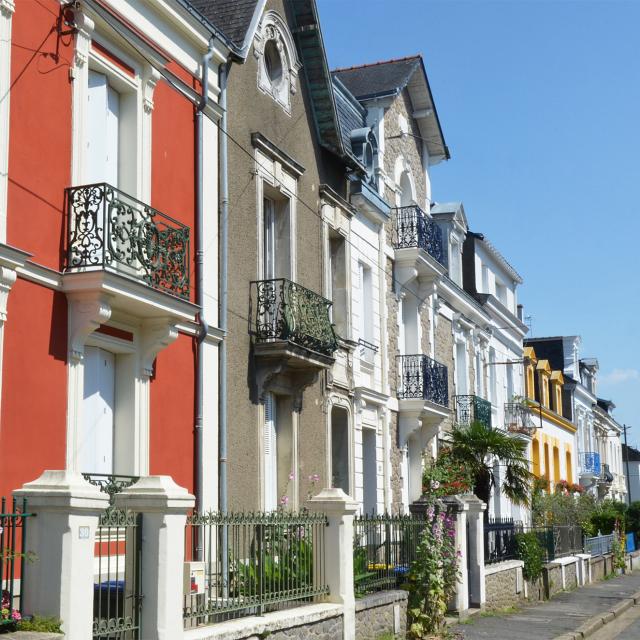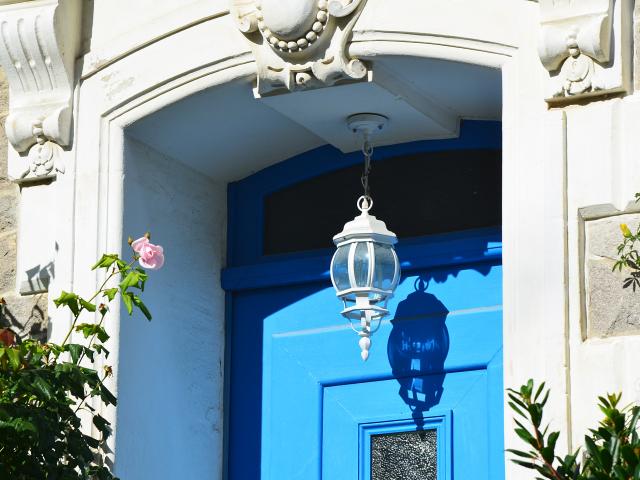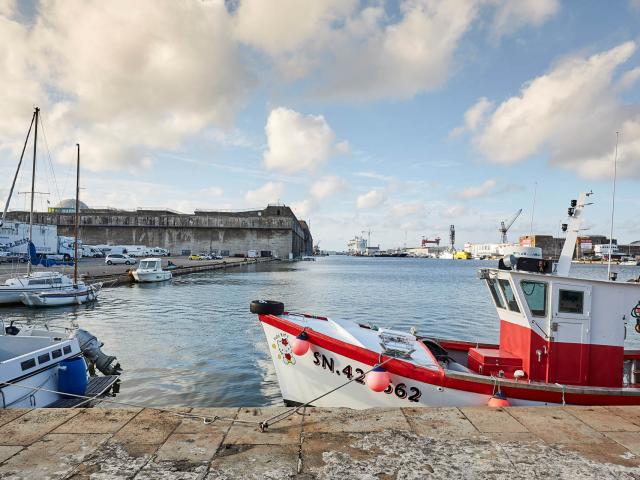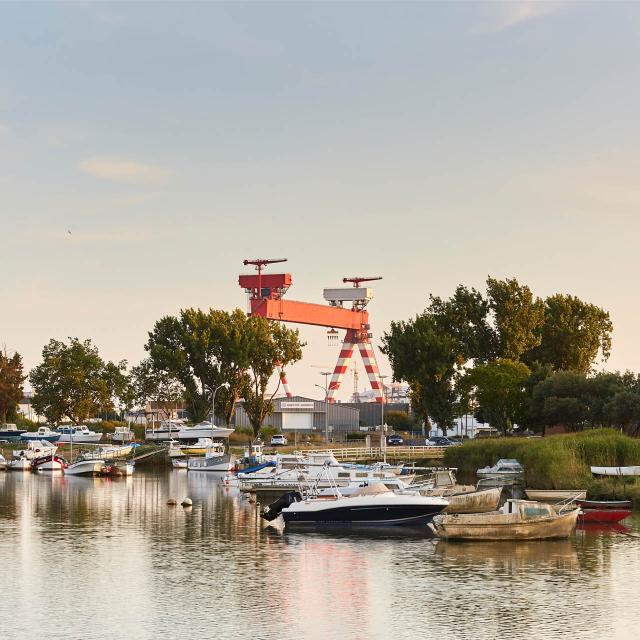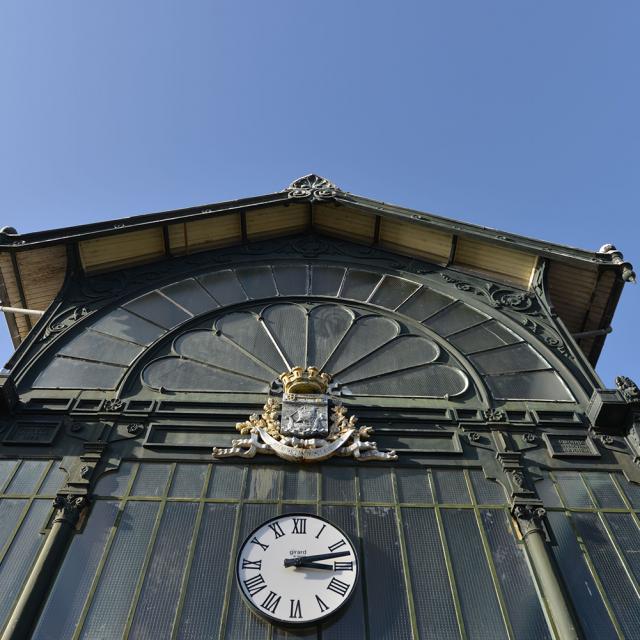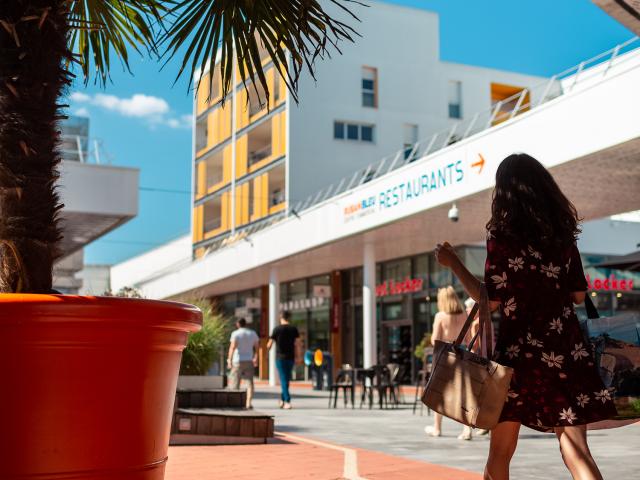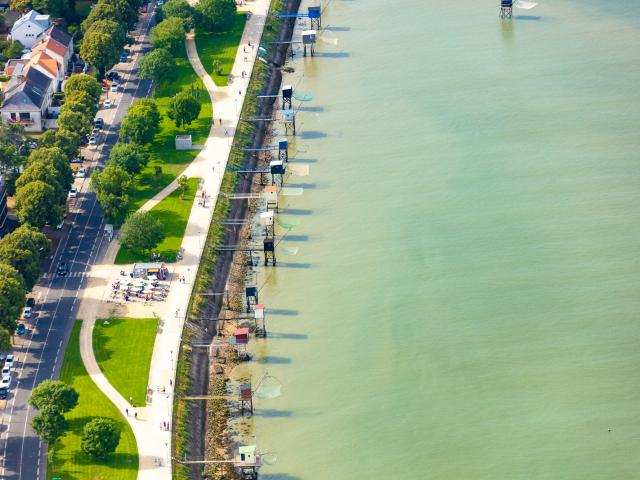Petit Maroc: the neighbourhood of Little Morocco
This is a surprising name for a rather unusual district located between the River Loire and Saint-Nazaire’s harbour basin. Nowadays, there are no traces of the original Little Morocco neighbourhood, which was wiped out during World War Two and subsequent rebuilding programmes, but this was once the historic heart of Saint-Nazaire. In the 1400s a village developed here, then in the 1800s this neighbourhood grew and became urbanised, being perfectly placed at the mouth of the River Loire. How did it get its name? It came from the fishermen that once lived and worked there.
This is a great place for a stroll, particularly along the river basin. Constructed from 1848 to 1856, this spot was then selected by the transatlantic company ‘Compagnie Générale Transatlantique’ to become the departure point for liners setting sail to Central America. From 1862, this was where crossings to exotic destinations such as Mexico, Panama, Cuba began, making Saint-Nazaire synonymous with transatlantic travel. The transatlantic port was located in the same spot where the submarine base would later be built by the Germans in World War Two, to shelter their famous U-Boats.
Ever-changing, forward-looking and lively, the ‘Petit Maroc’ district offers bars, restaurants, and alternative highlights such as Les Abeilles. It’s also where you’ll find the Ecomusée, and where, every year on the last weekend of July, you can come to the festival ‘Les Escales’, one of the summer’s must-see highlights!
